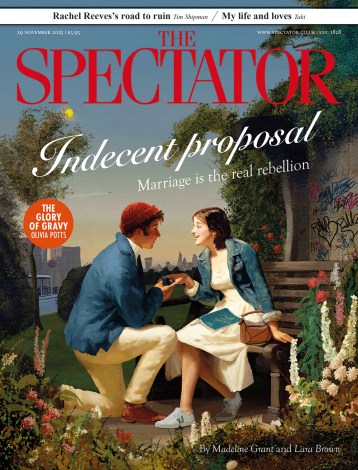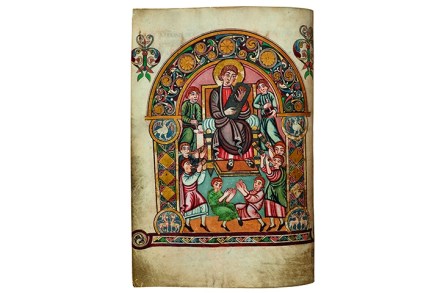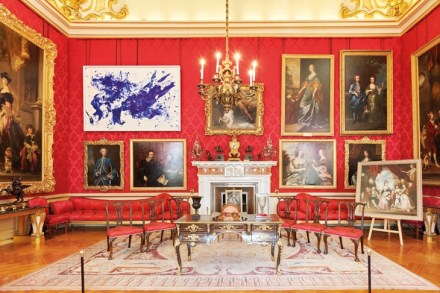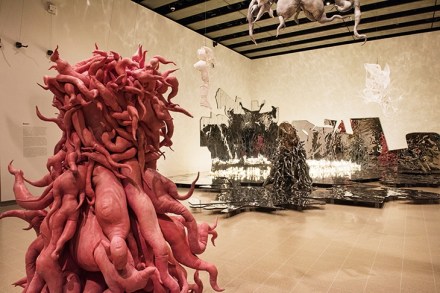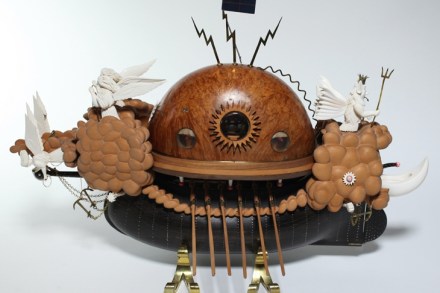The man who built Britain’s first skyscraper
In 2011 Britain’s first skyscraper was finally given Grade I listing. The citation for 55 Broadway — the Gotham City-ish home of Transport for London, which sprouts up from St James’s Park Station — said that the building was important in a number of ways: its architect Charles Holden, the designer of Senate House and a range of breakthrough modernist Tube stations in the 1930s, was increasingly recognised as major. The building’s scale and structure were pioneering for London in 1929. And the sculpture on its otherwise plain façades was by important artists including Jacob Epstein, Eric Gill and the young Henry Moore (his first work on a public building
